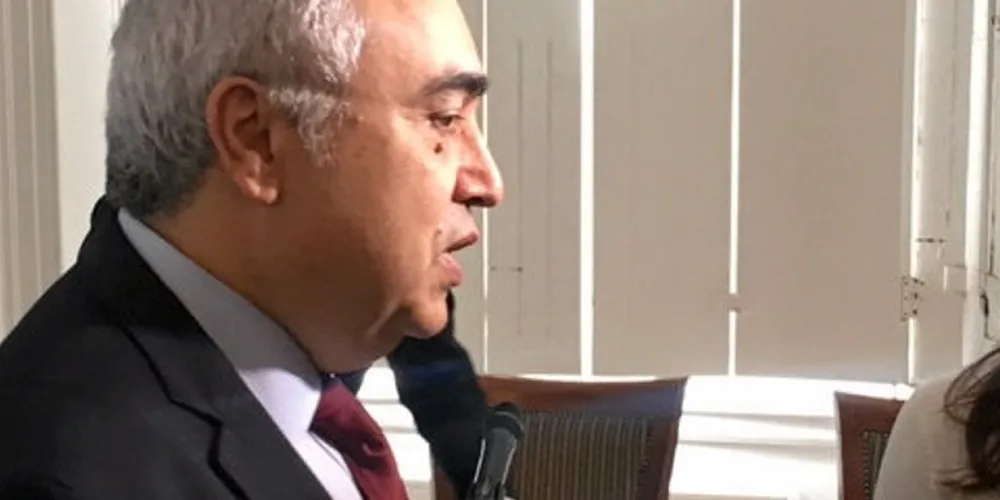Solar and offshore wind top 'reasons for optimism in grave year': IEA chief
Launching major technology report, Fatih Birol warns transitioning power sector will not achieve global net-zero without greening heavy industry infrastructure en route

Launching major technology report, Fatih Birol warns transitioning power sector will not achieve global net-zero without greening heavy industry infrastructure en route
